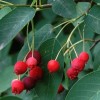Irga plant: features, planting and care
Content
Description
The origin of irgi began in North America and Europe, belongs to the Rosaceae family. The height of the shrub can fluctuate several meters in height, it all depends on the variety. The fruit grows in the form of berries and can be red, purple and even black. Up to 25 trunks can grow from one base, up to 10 meters high.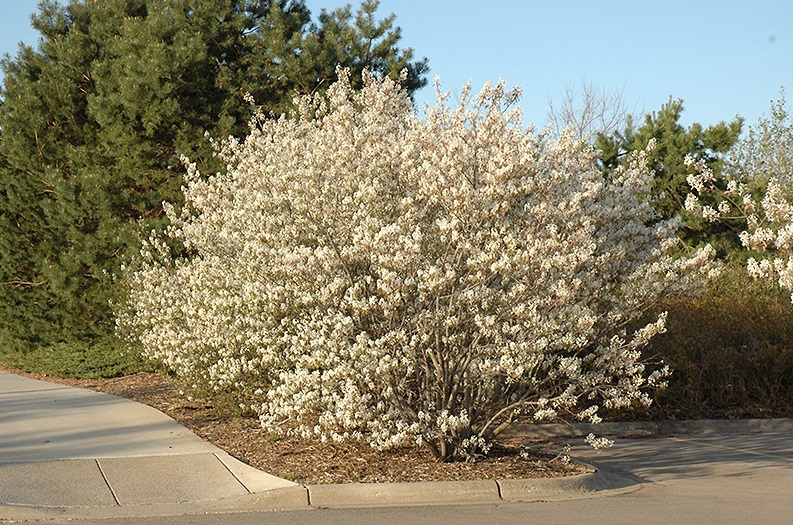
This shrub is considered a long-liver (it can bear fruit for more than 50 years), is not afraid of strong and frosty winds, drought and tends to take root in any environment and soil.
About 10 species are known in Ukraine.
- Irga Gladkaya. A real beauty, it is distinguished by wide branches, rich color of leaves and gracefully hanging inflorescences. The berries have a dark purple color, and the leaves, over time, acquire a crimson hue. It can reach a height of about 5-10 meters. Grows well in urban environments and requires almost no watering.
- Irga Canadian. Shrub, rather large, about 12 meters long. It has beautiful white inflorescences and reddish shoots. By autumn, it is covered with dark berries and burgundy leaves. It is often used as an ornamental bush, because the canadian irga looks very beautiful, planting and caring for which does not require much time and effort. The plant can exist with minimal watering, in a gassed urban atmosphere.
- Irga Kolosistaya. Not a big ornamental bush at all. Unlike other species, it does not change the color of the leaves in autumn. A distinctive feature is white fluff on young leaves. Hardy and drought tolerant.
- Irga Lamarck. It has an umbrella-shaped crown and copper-colored leaves. In autumn it changes color to orange. Its berry is very tasty, sweet and has a deep black color.
- Irga is oval-leaved. Its height reaches 50 cm, has felt leaves. It perfectly tolerates lack of moisture in the soil and loves warmth. Suitable for southern regions. Can grow in rocky terrain. Amenable to decorative "haircut".
- Irga alder. A distinctive feature is the love of moisture, unlike other species that tolerate drought. It has rounded leaves and large fruits. It lives on the banks of streams and rivers, near canyons, but not in swampy areas.
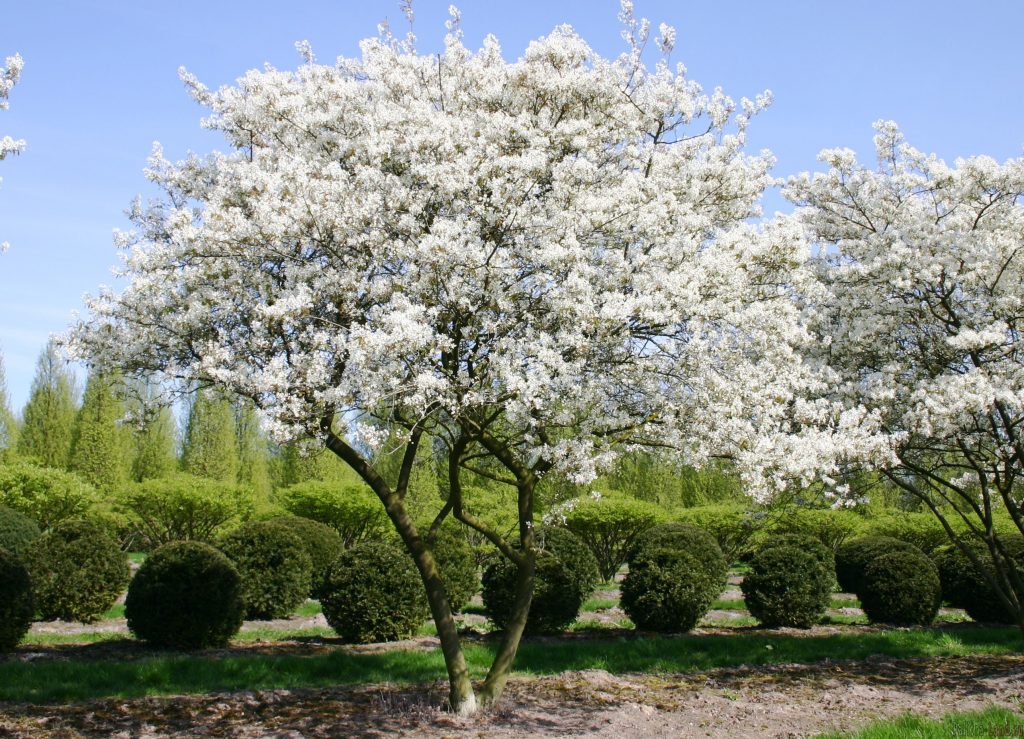
The beneficial properties of berries make it possible to use it in medicine. Berries contain sugar, minerals, vitamins, pectins, coumarin, keratins. Irga copes well with vitamin deficiency, which develops seasonally. An excellent prophylactic agent for viral and colds.
It can be used both in the form of jam, jams, and in the form of compote. After undergoing heat treatment, the berries do not lose their beneficial qualities. Their use is recommended for people suffering from cardiovascular diseases. Reduces blood cholesterol levels.
It should be noted that it is best to take irgi berries at night, they, especially in combination with medications, can cause drowsiness. It is better for people suffering from hypertension to refrain from taking irgi fruits, they lower blood pressure. In addition, they increase blood clotting, with a tendency to thrombophlebitis, it is undesirable to take berries.
When picking berries in the forest, it is important not to confuse irga with buckthorn, if you eat it less than a year after picking, you can get very poisoned.
Video "Description"
From the video you will find out what this unusual irga plant is.
Soil preparation
Irga is not whimsical in the choice of soil. It can grow at the edge of the forest, in rocks, in sandy areas. The soil should not be very dry and not marshy.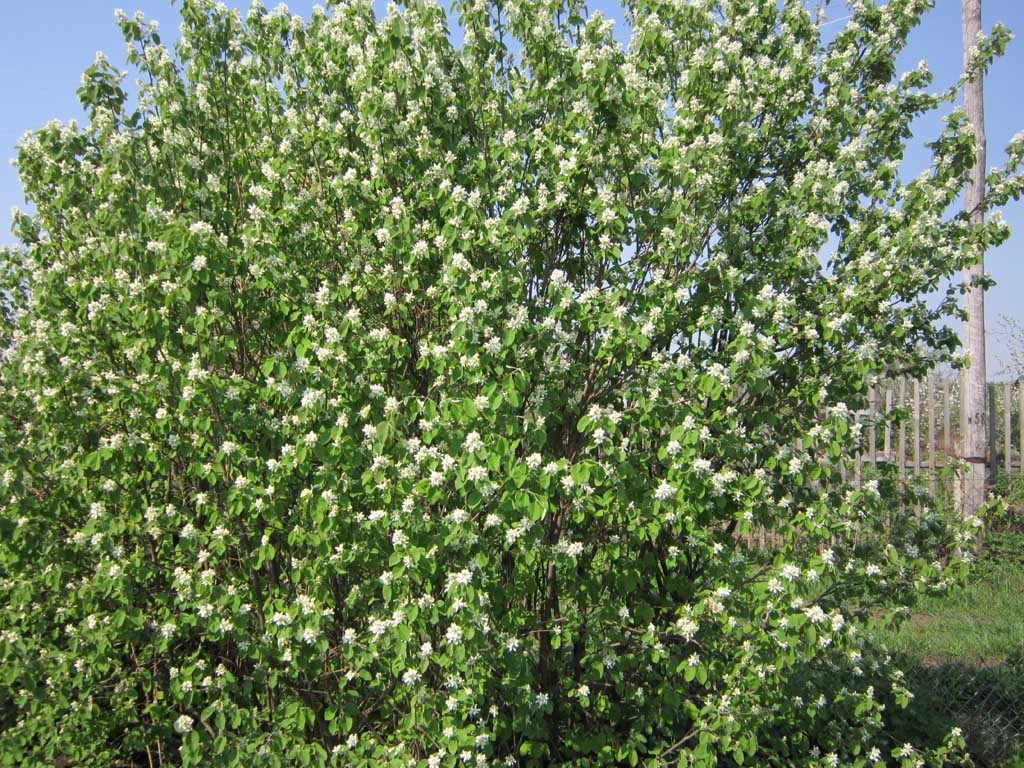
In order for the harvest to be large and the plant to “ripen” correctly, experts recommend planting it in loamy or sandy loam soil. Preparing the soil for planting is no different than when planting other berry bushes.
Seat selection
Before planting irgi, you should carefully consider the place for this procedure. The plant loves the sun's rays and is therefore best planted on the south or west side of the site. Thanks to the sun, the branches will not grow upward. If there is no such place, then you can plant it along the house or fence. Irgi bushes are often planted as a living fence.
Landing
Irga is completely unpretentious when planting and leaving. It does not take much time and does not stand out with special rules and canons.
Saplings are planted in spring or autumn. One- or two-year-old shrubs are used. It is recommended to prepare a place for planting in advance, having cleared of all roots and weeds.
The excavated soil is mixed with manure and sand, phosphate fertilizers are added. The width of the pit should be approximately 0.5-0.8 meters, the depth is maximum 0.5 meters. It should be lowered to the beginning of the root system, after which it is covered with the prepared mixture and watered abundantly.
After the water has been absorbed and the soil has settled, it is necessary to add earth to the hole and level it with the level of the site. After that, the soil around is sprinkled with humus or earth. As a result, branches are cut up to 12-15 cm from the ground, so that 4 buds remain on each branch. It is recommended to plant 2-3 bushes in one area.
Care
Irga in planting and leaving is very simple and does not take much time and effort. In the first year after planting, watering, processing and weeding around are necessary. Fertilizers should be added, preferably mineral fertilizers.
In early spring, it is recommended to prune the vertical branches. This is done in order to give strength and the ability to bloom to all buds. Pruning should be done once every 3-4 years. If in the second year the bush develops poorly, then at the end of spring it is worth adding bird or cow droppings, manure mixture.
Pruning
Pruning must be done very carefully. This is done to rejuvenate the branches and give the desired shape. In the early years, almost all branches are removed and some of the strongest shoots are left.
There are 2 types of pruning: shortening and thinning. During thinning, weak, diseased, broken branches or those that grow inward are pruned. This is done every year.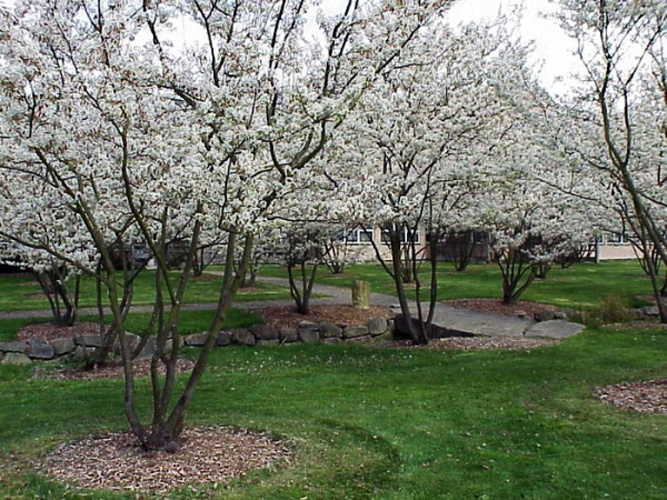
In the case of shortening, only the tops of the shoots are cut off, due to which the crown becomes wider and denser. It is important to remember that pruning should be done in the fall - after the foliage has fallen or in the spring - until the buds are swollen.
Reproduction
Such types of breeding of irgi are known:
- seeds - considered one of the longest growing methods;
- grafting - usually mountain ash is used. Grafting takes place before the beginning of the growing season, in the spring at a height of 15 cm from the root collar;
- cuttings - one of the most difficult types, but the most common;
- layering - choose one- or two-year branches.
Which of the breeding methods to choose depends on your own beliefs and preferences.
Cuttings
So that varietal characteristics are not lost. That should give preference to the method of propagation by green cuttings.
Cuttings 15 cm long are taken from an adult bush. All leaves are removed, only a couple of the top ones are left. Further, the lower cut is placed in a special root-forming mixture. Leave as much as indicated in the instructions.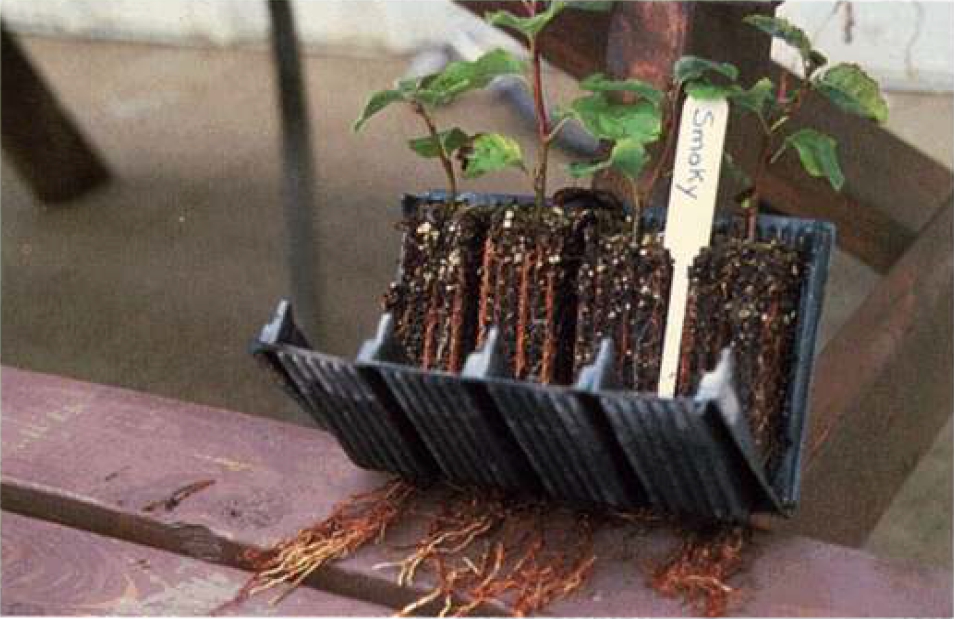
After this procedure, the stalk is washed with cold water and placed in a greenhouse at an angle. Sprinkle with a little sand. A distance of approximately 20 cm should be maintained between the top of the cuttings and the dome of the greenhouse. The temperature is maintained at a level not less than +25 degrees. Fresh air is also needed.
When watering, it is necessary that the water does not fall on the area near the roots, but is sprayed. The soil must be constantly moist.
When the cuttings take root, they begin to open the greenhouse in the afternoon, this happens after three weeks. When they become strong, then the greenhouse can not be closed at night.
You can transplant into a small garden bed, supplement with mineral fertilizers. And for the next autumn they can be transferred to a permanent place of "residence".
Graft
Rarely, but graft propagation is still used. They are grafted onto mountain ash, for example, a kind of irgi smooth. It is possible for another variety of irgi, but the result will be a root shoot.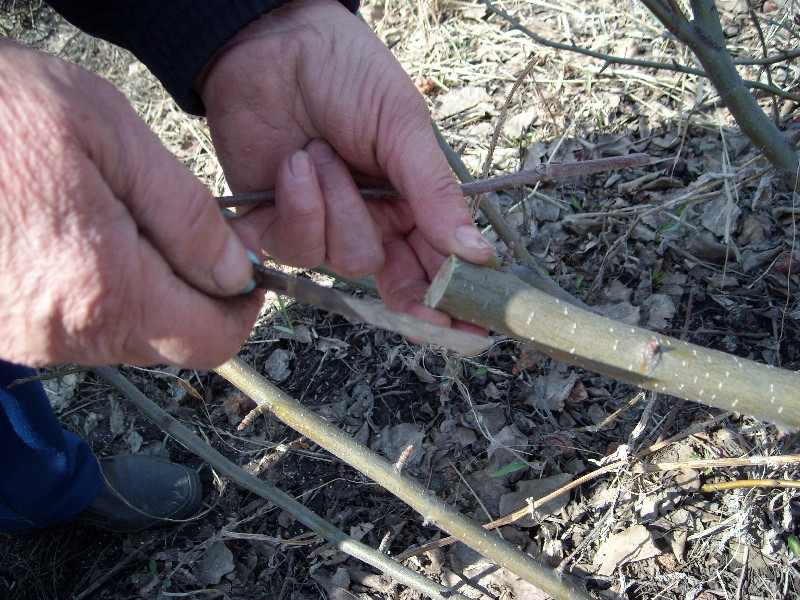
This method of reproduction generally does not produce root growth. This makes it much easier to care for the plant. It grows fast enough and bears fruit actively.
Layers
Reproduction can be carried out by layering. To do this, choose young shoots that are less than two years old. They are buried in early spring. The soil is pre-plowed under the selected shoots. Furrows are drawn and shoots are laid in them.
The top must be pinched. When young shoots reach 10 cm, they must be covered with earth by half. After a few weeks, when they grow another 5 cm, sprinkle with earth again up to half.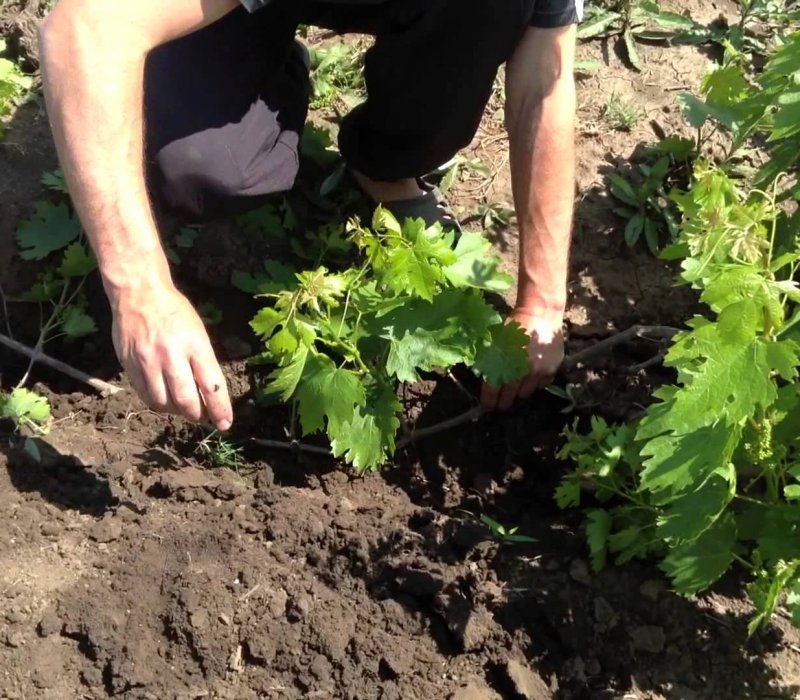
In the fall, you can transplant rooted layers, or you can do this procedure in the spring.
If you properly care for this very beautiful and ornamental shrub, it pleases the eye and complements any landscape design.
Landing video
From the video you will learn how to properly plant the irga plant.


